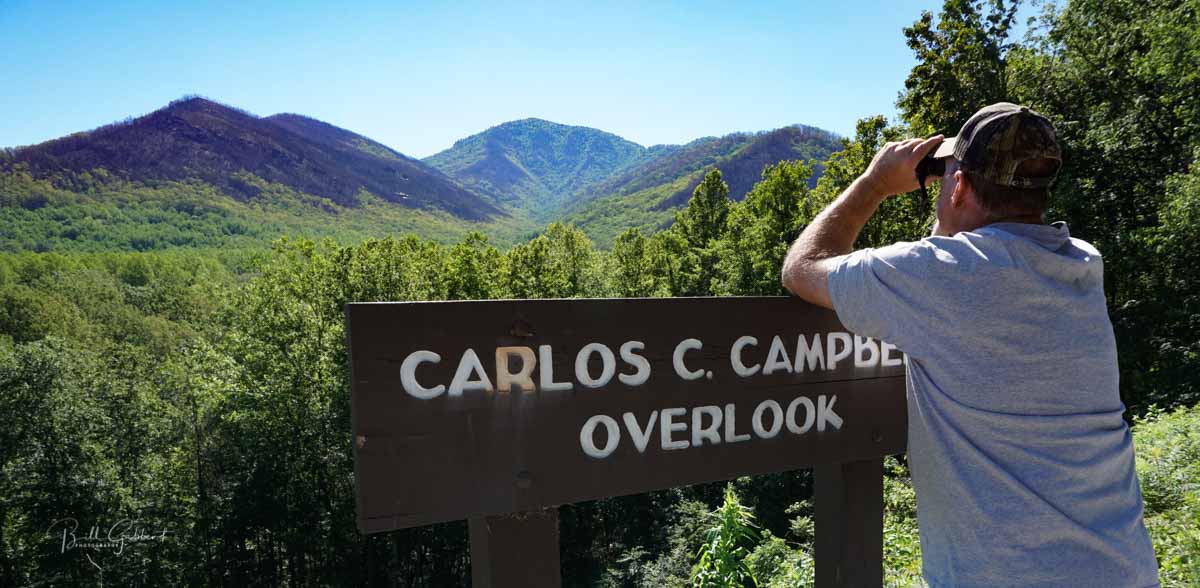6:32 p.m. ET, March 31, 2022

The Sevier County Emergency Management said at about 3:10 p.m. Thursday that the evacuation area would be reduced shortly. You can type an address at the top-right on the page to see if it is affected.
A mandatory evacuation was ordered Thursday afternoon for Smoky Ridge Way off Wears Valley Road due to increased fire activity.
At 5:15 p.m. ET Thursday fire officials said the Hatcher Mountain/Indigo Lane fire was 3,700 acres and approximately 100 structures had been affected — the same numbers distributed in the 10 a.m. briefing.
Helicopters have been dropping water on the fire since early Thursday morning.
A reporter with WVLT got photos of some of the five pieces of fire apparatus that fire officials said were damaged on the Hatcher Mountain Fire northwest of Gatlinburg, Tennessee yesterday.
Several fire trucks took severe fire damage near Wears Valley. Kyle Grainger WVLT sent these photos in from the “Hatcher Mountain” fire as it is now being called.
There will be an update on the noon news here shortly. pic.twitter.com/mfFfiReWBB
— Ben Cathey (@bencatheywvlt) March 31, 2022
10:17 a.m. ET March 31, 2022

In a 10 a.m. briefing on Thursday officials said the wildfire southwest of Pigeon Forge, Tennessee, which is being referred to as the Indigo Lane Fire and Hatcher Mountain Fire, has burned 3,700 acres and “affected 100 structures.” Five fire apparatus vehicles were damaged.
The blaze is in the Wears Valley community of Sevier County six miles northwest of Gatlinburg.
In addition to local fire departments, resources have responded from 70 agencies in Middle and Upper East Tennessee as well as the Tennessee National Guard and the U.S. Forest Service. Two incident management teams are on the scene, an interagency team and a state team.
The Sevierville Convention Center, at 202 Gists Creek Road in Sevierville, is open as an evacuation shelter for persons displaced by the fire.
As the strong weather system moved through the area Wednesday night the weather station at Cove Mountain recorded winds out of the south-southeast and south with sustained speeds of 38 mph at midnight. The relative humidity rose from a low of 16 percent Wednesday afternoon to 92 percent at 6 a.m. Thursday. Less than 1/10 inch of rain fell at that station and another at Pigeon Forge. At 9 a.m. Thursday the wind at Cove Mountain was 21 mph from the south-southwest with 81 percent RH.
The spot weather forecast from the National Weather Service Thursday morning predicts mostly sunny skies with a slight chance of scattered sprinkles late in the morning, minimum RH of 45 percent, and southwest winds 9 to 14 mph with gusts to
around 30 mph.
Flying over Wears Valley pic.twitter.com/H7KQbUep14
— Pete Michaels Traffic (@MetroSkyWatch) March 31, 2022
Continue reading “Wildfire prompts evacuations southwest of Pigeon Forge, TN”








